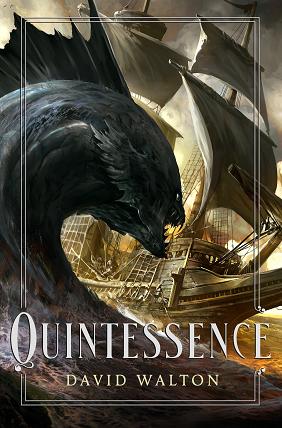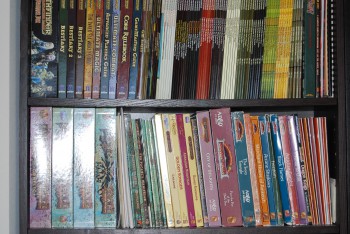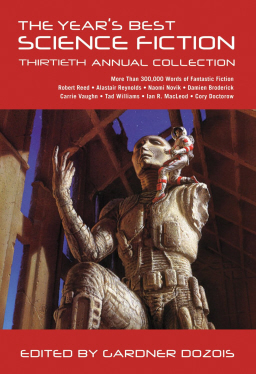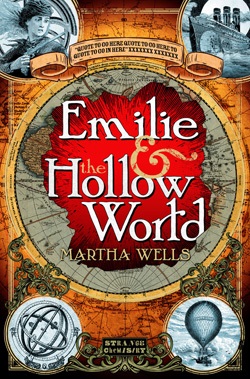Art of the Genre: The Joy and Pain of Kickstarter [and How Backed Projects Still Fail]
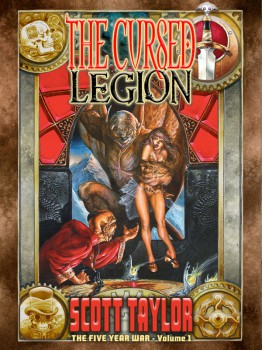
In early November 2011, I attended World Fantasy Con in San Diego with John O’Neill and the Black Gate crew. It was a truly eye-opening experience for the ‘writer me’ as I’d attended many conventions in my day, but nothing that was so cloistered and dedicated specifically to the art of writing.
I well remember sitting in my room after the first day of listening to readings and thinking to myself, ‘Holy Crap, you absolutely C-A-N’-T do this!’ [Seriously, just listen to Claire Cooney recite any of her works from memory and tremble beneath the power of a truly gifted writer].
After I got home from the convention, I crawled into bed for three days and didn’t come out again because for the first time in my life I felt the power of ‘real’ writers and how far I had to go to reach the level of their talent.
When I finally emerged from my cocoon of despair, I clicked on Facebook and found a post from old time D&D artist Jeff Dee concerning something he called Kickstarter. It was a curious thing, this Kickstarter platform, and the more I researched it, the more I thought, ‘Huh, maybe I’m not Claire Cooney, but I bet I can get a book made anyway.’
At the same time, John O’Neill, our fearless leader at Black Gate, was thinking of creating his own line of novels from Black Gate under the power of the current business model he’d used to help found the magazine, namely his own pocket venture capital. I asked him to try Kickstarter and he declined, so I bet him, in no uncertain terms, that no matter what he managed to do with his book line at Black Gate, that using Kickstarter I would outsell him by a multiple of 10 and produce twice as many original books as he could.
Thus began 2012, something I like to call ‘The Year of Kickstarter’. Not only had I discovered this platform, now three years old in the marketplace and ready to tip the balance of acceptability, but so had EVERYONE else.
By February of 2012, Kickstarter money contribution records were falling almost weekly in every category imaginable, especially in computer games. Funding was surging to unforeseen levels with millions of dollars going to video games, art books, albums, miniatures, you name it.
I watched, I studied, and I saw the evolution taking place right before my eyes, but in so doing I also caught the wave and road with it on my new publishing company I’d affectionately named Art of the Genre after this blog. By February, I’d managed my first successful Kickstarter, The Cursed Legion novel, with former AD&D art legend Jeff Easley.


 I don’t often write here about bad books. Partly that’s because I don’t usually care to give them publicity. Partly it’s because I don’t usually care to think further about an unrewarding reading experience. Mostly, though, it’s because to me a bad book is typically an uninteresting book. And what I really want to write about, when I write about a book, is what makes it interesting. Still, there are always exceptions. And of course it’s always worth challenging one’s ideas of what ‘bad’ means. So this time out I want to talk about some books by a writer who was, in her time, notorious for literary badness.
I don’t often write here about bad books. Partly that’s because I don’t usually care to give them publicity. Partly it’s because I don’t usually care to think further about an unrewarding reading experience. Mostly, though, it’s because to me a bad book is typically an uninteresting book. And what I really want to write about, when I write about a book, is what makes it interesting. Still, there are always exceptions. And of course it’s always worth challenging one’s ideas of what ‘bad’ means. So this time out I want to talk about some books by a writer who was, in her time, notorious for literary badness.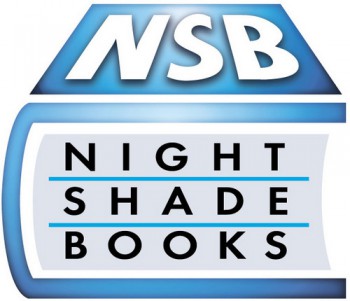
 It’s good to be back at my Wednesday spot here at Black Gate. Two weeks ago, I got home from my favorite annual convention,
It’s good to be back at my Wednesday spot here at Black Gate. Two weeks ago, I got home from my favorite annual convention, 